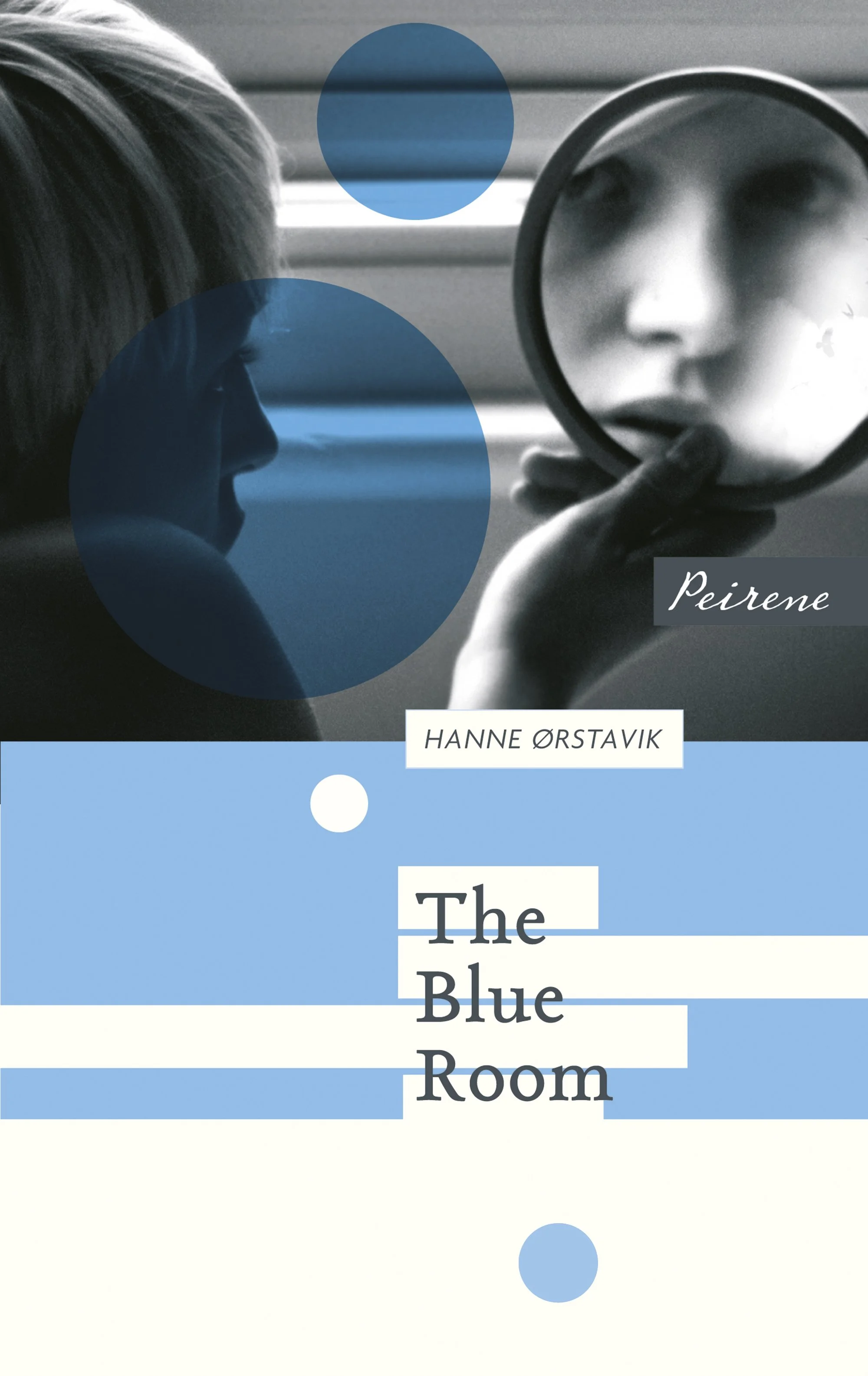Ian Colford’s Reviews > The Blue Room by Hanne Ørstavik
Read in June 2025
4 of 5 stars
Hanne Ørstavik’s bracingly odd novel, The Blue Room, tells the unsettling story of Johanne, a young woman in her early 20s, a college student, who, to save money, lives with her mother in her mother’s Oslo apartment. (There is no talk of Johanne’s father. A brother, Edward, who is attending school in the US, is mentioned in passing.) Johanne’s life revolves around her classes, her mother (“Mum”), and her devotion to God. Academically, Ørstavik suggests that Johanne is a middling student who sometimes struggles. Socially, she comes across as underdeveloped; she is timid and naïve, lacks confidence, and is almost tragically isolated. She is about to lose her closest friend, Karin, who has trained to be a pastor and will soon be leaving the city to take up a post. Johanne craves her mother’s approval, and the two spend much of their free time in each other’s company. But Johanne also dreams of being independent, of gaining her psychologist qualification and opening a practice. Being financially dependent on her mother, it seems that Johanne lives her life in deference to her mother’s needs more so than her own. Her mother is involved with a man, Svenn—who has a family, so their opportunities for intimacy are few—and on occasions when Johanne sees that her mother has left money out, it’s a signal that she is to take the money, remove herself from the apartment and keep herself occupied for the length of Svenn’s visit. Everything changes though, when Johanne meets Ivar, who works in the university cafeteria. Ivar, a bit older and much more worldly than Johanne, is a musician with an active social and sexual life, and Johanne suddenly finds herself attracted to another person in a way that starts her rethinking her approach to living in the world. After they have sex, Johanne obsesses over Ivar’s body and can think of little besides pleasing him. Wisely or not, Johanne invites Ivar over for dinner and afterward must deal with her mother’s passive-aggressive comments: “This Ivar, Johanne, are you sure he’s right for you?” The novel opens at a crucial juncture in Johanne and Ivar’s liaison. The two have been involved for several weeks and Ivar wants Johanne to come with him on a trip to the US. But the end of term is near, and Johanne faces increasing pressure to complete her schoolwork. After much internal debate, she decides to go. But on the morning of their scheduled departure, Johanne gets out of bed and finds the door to her bedroom locked. She can’t get out, her mother has left for work, she has no phone, and she’s naked—her clothes from the previous day are in the wash and her wardrobe is in the hallway. She could smash the window, but she can’t leave that way because the apartment is on the 4th floor. Everything we subsequently learn about Johanne, her mother, and Ivar comes to us via Johanne’s anxious perspective while she’s trapped in her bedroom. We can’t help but wonder if her mother has deliberately locked her in. Will she escape? Will Ivar wait for her? For the remainder of the book Johanne’s thoughts roam freely and sometimes veer in surprising directions, even descending into violent and twisted sexual fantasy. Narratively and psychologically, The Blue Room fascinates while providing a quick, sometimes disturbing read. In this novel we take a deep dive into the mind of a young woman learning a life lesson the hard way. Will she let her mother win and remain docile and compliant, or is this the wake-up call she needs?

